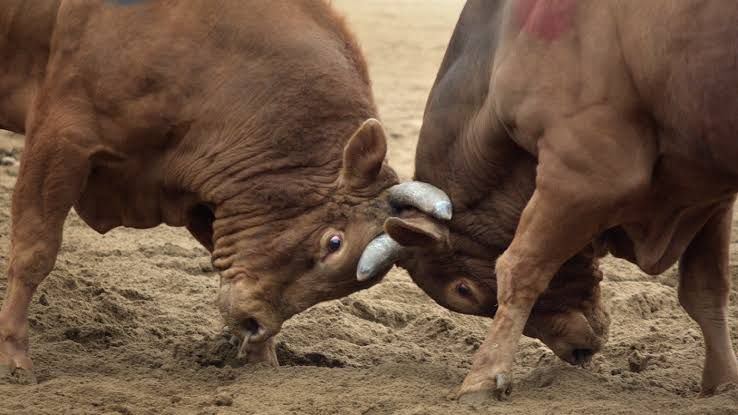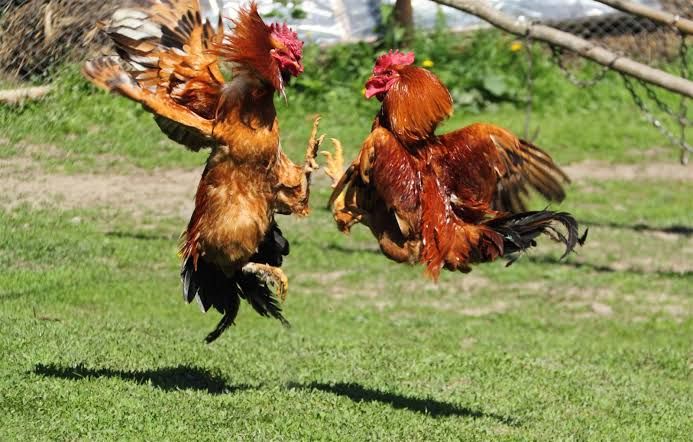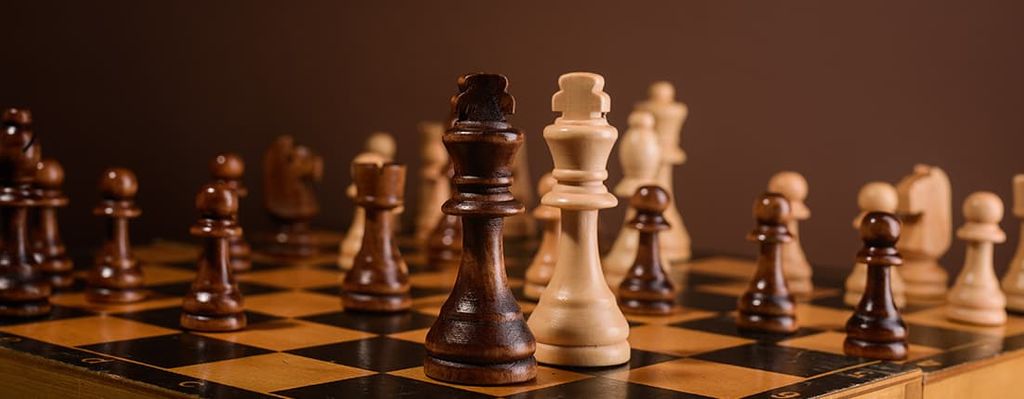Sports In Ancient India
Mar 15, 2019 • 67 views
Though not much has been written on sports in ancient India, there is enough evidence to that sports and games were an essential part of the culture. A L Basham, in his book The Wonder That was India, states that both polo and hockey, in some form, were played in ancient India. Boxing and wrestling were also popular, thought hey were not general hobbies of respectable young men but the preserve of low professional pugilists, who performed for the amusement of the audience. Archery however, was a much-loved sport of the warrior class, and vivid descriptions of such contests occur in the epics In the classical sources, there is a reference to gladiatorial contests at the court of Chandragupta.
Maurya and later in the medieval Deccan, when duelling became frequent. Fern Nuniz the Portuguese traveller in the mid-fourteenth mentions in his writings that when two nobles of Vijayanagar quarrelled, they would fight to the death in the presence of the king and his court. Despite the doctrine of non-violence, animal fights remained a popular sport.

Indian quail, cocks and rams were the animals commonly used for the fights. There are also references to fights between buffaloes and elephants. Another form of animal contest, which was confined to South India, was the bullfight. Unlike the Spanish bullfight, where the are heavily weighed against the bull, here the bull appears to have the advantage. The fights were popular among herdsmen 'who entered the arena unarmed, and embraced the bull in an attempt to master it, rather like the cowpunchers of an American rodeo. The bullfight was looked on as an ordeal to test the manhood of young men, since it is stated that the girls who watched the performance would choose their husbands from amongst the successful competitors.

The game of chess probably also evolved in this period. Basham states that certain board games were played with the help of dice. With time, one such game developed into a complex game with a king-piece, and pieces of four other types, corresponding to the corps of the ancient Indian an elephant, a horse, a chariot or ship and four footmen. As the game was played with pieces representing military forces and its suggested that of campaigning armies, it was known as chaturanga or 'four corps’. In the
sixth century, the Persians learnt the game, and when Persia was conquered by the Arabs, it quickly spread all over the Middle East, under the name of the most famous indoor sport in ancient India was gambling. The plot of the epic Mahabharata revolves around a gambling tournament of chausar (a game of dice), at which Yudhishthira loses his kingdom to his cousin Duryodhana.

